Yates Account
Join now
Create a Yates account today!
Sign up to join the Yates Garden Club for monthly e-mails packed with seasonal inspiration, tips for success & exclusive promotions.
Plus if you’re a Garden Club member you can take part in the Yates Growing Community - a blog to share successes, get advice & win prizes in fun challenges along the way!

Forgot password
Enter the email address associated with your account, and we'll email you a new password.

Often used as a table decoration or gift at Christmas, Poinsettias (Euphorbia pulcherrima) are a great feature in the garden or as a potted plant as well. They are available in the deep reds, to bright and pale pinks to whites and are available most of the year.
How to grow poinsettias in a garden
- Choose a spot in the garden that receives full sun to part shade that is sheltered from strong winds. Prepare the planting area well by digging in Yates Thrive Natural Blood & Bone with Seaweed.
- Dig the planting hole twice as wide and to the same depth as the root-ball. Remove the shrub from the container, gently tease the roots.
- Position in hole and backfill, gently firming down. Form a raised ring around the plant, creating a well so that water will go where it’s needed most. Water in well.
- Mulch around the base with organic mulch like bark chips, woodchip or pea straw, keeping it away from the base of the plant.
- Feed regularly during the growing and flowering season with Yates Thrive Rose & Flower Granular Plant Food. TIP: For an added boost apply Yates Thrive Roses & Flowers Liquid Plant Food.

How to grow poinsettias in a pot
- Choose a pot at least 400 mm wide and deep. Position in full sun to part shade that is sheltered from strong winds. If keeping the plant indoors, ensure that it placed in a position that receives at least 6 hours of indirect sunlight per day.
- Fill chosen pot with quality potting mix, such as Yates Premium Potting Mix.
- Remove the shrub from the container, gently tease the roots.
- Position in hole and backfill, gently firming down. Water in well.
- Feed every 1-2 weeks with Yates Thrive Roses & Flowers Liquid Plant Food. TIP: For an added boost apply Yates Thrive Natural Fish & Seaweed+ Plant Food Concentrate.
Growing tips
- Poinsettias dislike cool climates and frosts. If in a frost-prone area, protect your plants by moving them indoors for the cooler periods.
- Poinsettias naturally flower in winter, with the shorter days and longer nights.
- There are many different colours available from the deep red to pinks and white.
- After flowering, give the plant a trim and pot up into larger pots as necessary to promote new growth for the next flowering period.
- Tip pruning can be done in January to help promote bushy growth and form.
- Poinsettias are a lovely gift for Mother's Day, Christmas or used as a table centrepiece or decoration around the house.
- Take care when pruning as the milky sap released by this plant is poisonous and can cause skin irritations. Always wear appropriate protective equipment when pruning.
Gomphrenas are hardy plants that provide lovely rounded, papery flower heads. They're available in shades of white, pink and plum.
Orange Trumpet Vine
Orange trumpet vine, with its brilliant cascading masses of orange tubular flowers, is one of the most spectacular winter flowering climbers.
Spring Stars
Spring Stars are a versatile addition to any garden with delightful lavender-blue, star shaped blooms.
Flax
Flaxes (Phormium spp.) are highly versatile plants which don't mind swampy or dry conditions. Great for large pots or planted en-masse in garden beds.
Recommended products
Yates Thrive Natural Blood & Bone with Seaweed
A certified organic garden input boosted with NZ Seaweed to gently nourish plants, enrich the soil and encourage a strong healthy root system.
Yates Thrive Rose & Flower Granular Plant Food
Specially formulated to grow all types of flowers. With high potassium for large & abundant flowers, added calcium & iron for stronger flowers.
Yates Thrive Roses & Flowers Liquid Plant Food
Provides your flowers & roses with the balanced nutrients they require for healthy growth and flower production.
Yates Thrive Natural Fish & Seaweed+ Plant Food Concentrate
A complete plant food enriched with natural fish, seaweed, humates, molasses and more - boosted with NPK to improve plant and soil vitality.



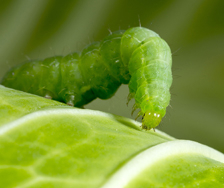
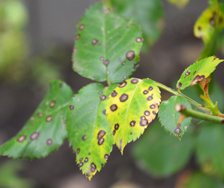
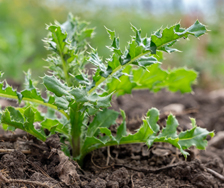
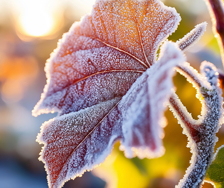
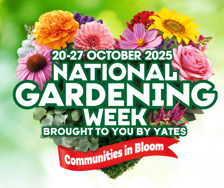









Share
Share this article on social media